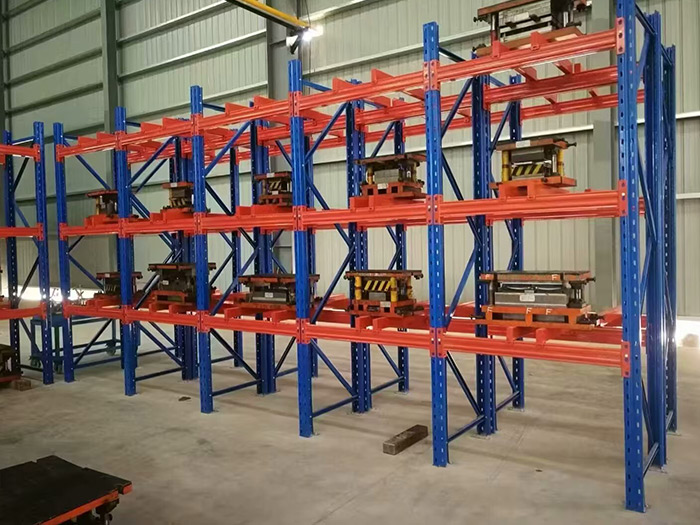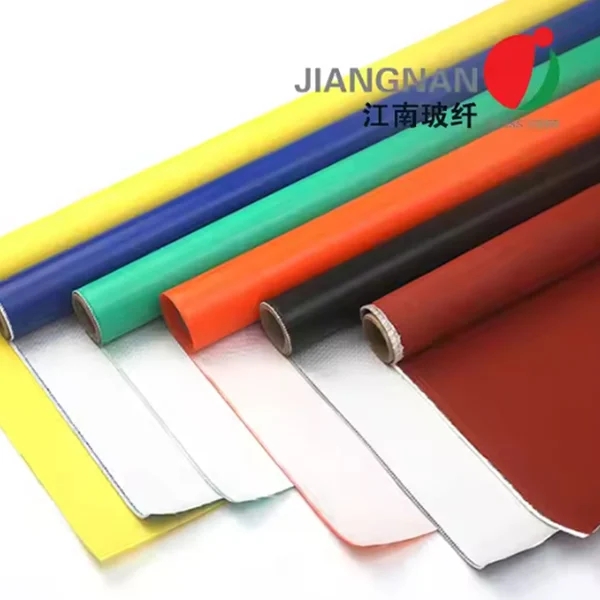Unveiling the Ultimate Choice: PVC or uPVC?
2 min readIn the realm of construction and manufacturing, the choice between PVC (Polyvinyl Chloride) and uPVC (Unplasticized Polyvinyl Chloride) materials has been a subject of debate. Both materials possess unique properties and offer distinct advantages. This article aims to delve into the intricacies of PVC and uPVC, comparing their characteristics, applications, and environmental impact. By the end, you will be equipped with the knowledge to make an informed decision on which material is better suited for your specific needs.
- Understanding PVC:
PVC, a versatile thermoplastic polymer, has been widely used for decades. It is known for its durability, cost-effectiveness, and versatility. PVC is created by adding plasticizers to soften the material, making it flexible and easy to mold. It finds applications in various industries, including construction, healthcare, and automotive.
1.1 Advantages of PVC:
- Excellent resistance to chemicals, weathering, and abrasion.
- High strength and impact resistance.
- Low maintenance requirements.
- Cost-effective compared to other materials.
- Wide range of color options and finishes.
1.2 Limitations of PVC:
- Vulnerable to UV radiation, which can cause degradation over time.
- Relatively lower thermal stability compared to uPVC.
- Environmental concerns due to the presence of plasticizers and chlorine content.
- Unveiling uPVC:
uPVC, also known as rigid PVC, is a modified form of PVC that does not contain plasticizers. By eliminating plasticizers, uPVC becomes more rigid, durable, and resistant to environmental factors. It has gained popularity in the construction industry, particularly for windows, doors, and pipes.
2.1 Advantages of uPVC:
- Superior thermal insulation properties.
- Excellent resistance to UV radiation, making it suitable for outdoor applications.
- Enhanced durability and longevity.
- Low maintenance requirements.
- Recyclable and environmentally friendly.
2.2 Limitations of uPVC:
- Limited color options compared to PVC.
- Higher initial cost compared to PVC.
- Relatively less flexible, making it challenging to mold into complex shapes.
- Choosing the Right Material:
The decision between PVC and uPVC ultimately depends on the specific requirements of your project. Consider the following factors:
3.1 Application: PVC is suitable for a wide range of applications, while uPVC excels in areas requiring superior thermal insulation and UV resistance.
3.2 Budget: PVC is generally more cost-effective, making it a preferred choice for projects with budget constraints.
3.3 Environmental Impact: If sustainability and recyclability are crucial, uPVC is the greener option due to its lack of plasticizers and recyclable nature.
3.4 Aesthetics: PVC offers a broader range of color options and finishes, allowing for greater design flexibility.
Conclusion:
In the PVC vs. uPVC debate, there is no definitive winner. Both materials have their unique advantages and limitations. PVC is renowned for its versatility and cost-effectiveness, while uPVC shines in terms of thermal insulation and environmental friendliness. By carefully considering your project requirements and priorities, you can make an informed decision on which material is better suited for your needs. Remember, there is no one-size-fits-all solution – it's about finding the perfect fit for your specific application.



